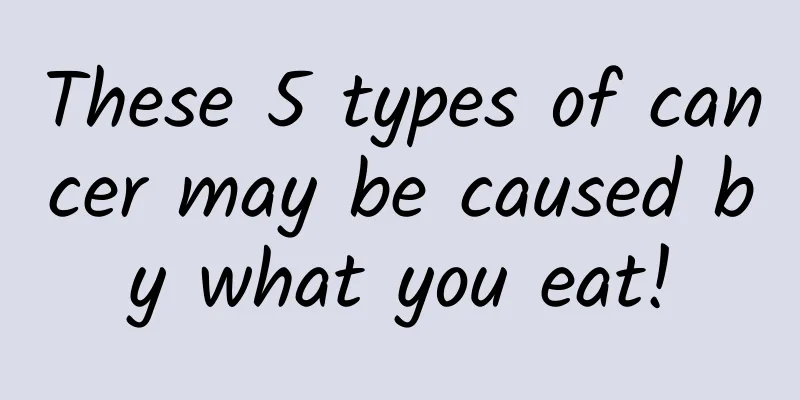If you could take an elevator to space, would you dare to try it?

|
According to Science and Technology Daily, at the 2022 International Symposium on Peaceful Uses of Space Technology (Health) held from November 18 to 20, Peter Swan, chairman of the International Space Elevator Consortium and academician of the International Academy of Astronautics, proposed that in the future, space elevators, as permanent logistics infrastructure, can transport materials and personnel into space, becoming a new channel for entering space. Russian scholar Tsiolkovsky was the first to propose the idea of building a space elevator. It is reported that scientists at the Samara Space University in Russia have been studying the construction of such a device that can send many items back to Earth from the International Space Station, and this work has entered the final stage. The envisioned space elevator consists of several parts: a base, cables, an elevator cabin and a space station. First of all, the base. Currently, two types of bases have been proposed: fixed and drifting. The fixed base is conducive to the construction of surrounding facilities, while the platform of the drifting base can avoid space debris. If the base is set on the equator, the distance from the geosynchronous orbit is the shortest. The thickness of the cable is determined by the amount of tension it is subjected to. The part in the geosynchronous orbit is the thickest, and the parts on the sides are thinner. However, the most suitable cable material has not yet been found. The elevator cabin is the part that climbs on the cable, and the way to make it rise is to install two reflectors on the elevator cabin, and then use lasers from the ground to launch the elevator cabin up. The space station is located at a higher altitude than the geostationary satellite orbit, which can offset the weight of the cable. Although the construction cost of a space elevator is high, it is powered by solar energy, so the transportation cost may be lower than that of a rocket and it is more environmentally friendly. Peter Swan said, "The space elevator is expected to reach geosynchronous orbit in 8 days, the moon in 14 days, and Mars in 61 days." Interstellar travel may become a reality. However, whether in terms of materials or technology, there are still many problems and challenges in building a space elevator. Once an accident occurs, the losses will be huge. (Xu Mingyang) |
<<: In fact, penguins have cold feet too!!!
Recommend
8 steps to create persuasive copywriting
All advertising copy is just for change. Change c...
A stunned bird fills a monitoring gap for a species
"The release into the wild lasted 75 days, w...
Android phone "runs Stable Diffusion" and sets a new record, producing images within 15 seconds
As we know, Stable Diffusion is a very popular te...
Obesity diagnosis and treatment now has a "national version of the guide"! 7 kinds of diet plans, see which one is right for you
On October 17, the National Health Commission iss...
Share 4 niche but conscientious APPs: Each one is one in a hundred, please use it in a low-key manner
In our lives, almost everyone has a mobile phone....
How to design a landing page to reduce information flow costs by 60%?
With the promotion competition so fierce today, s...
Xiaomi and Huawei are almost breaking their heads for these parameters
Compared with the rapid growth of the mobile phon...
Qun Xiang "IP Monetization Training Camp 5-6" has many industry insider operations, and we will personally teach you how to generate traffic
Qun Xiang "IP Monetization Training Camp 5-6...
Although it is just a combination of "white, black, red and yellow", mistaking the colors can bring fatal disasters!
Attention! There are many pictures of snakes in t...
Three major pitfalls in developing WeChat mini-programs
Trap 1: "Mini Program Third-Party Platform&q...
How do SEM bidders respond to company interview questions? A collection of interview secrets!
I believe that every SEMer works hard to optimize...
How much does it cost to develop a wine utensils mini app in Ganzhou?
There are two types of Ganzhou wineware WeChat ap...
How to plan a promotional event that will attract a lot of people’s participation?
As a marketing planner, planning promotion activi...
Toco - the most beautiful cub on the Amazon River
I went to the zoo last week. I wanted to see the ...
There is a kind of romance in the universe, I am your companion star
Alien planetary system has a Jupiter world 99 tim...






![[Exclusive for lazy people] Universal RecylerAdapter, built-in XRecyclerView, compatible with pull-up and pull-down and animation, high reuse, universal for all pages, support empty pages](/upload/images/67ebdbabe7f3a.webp)


